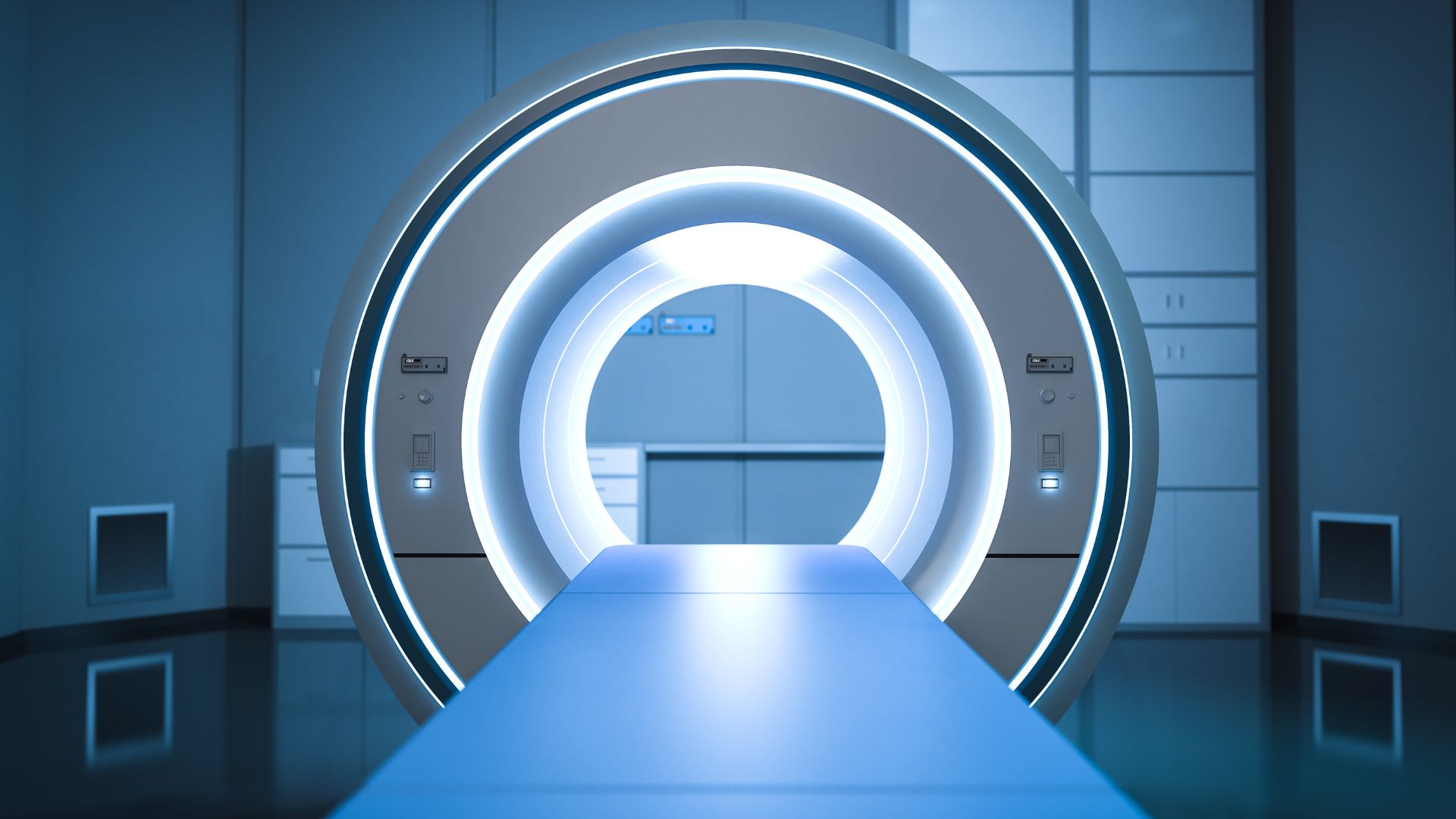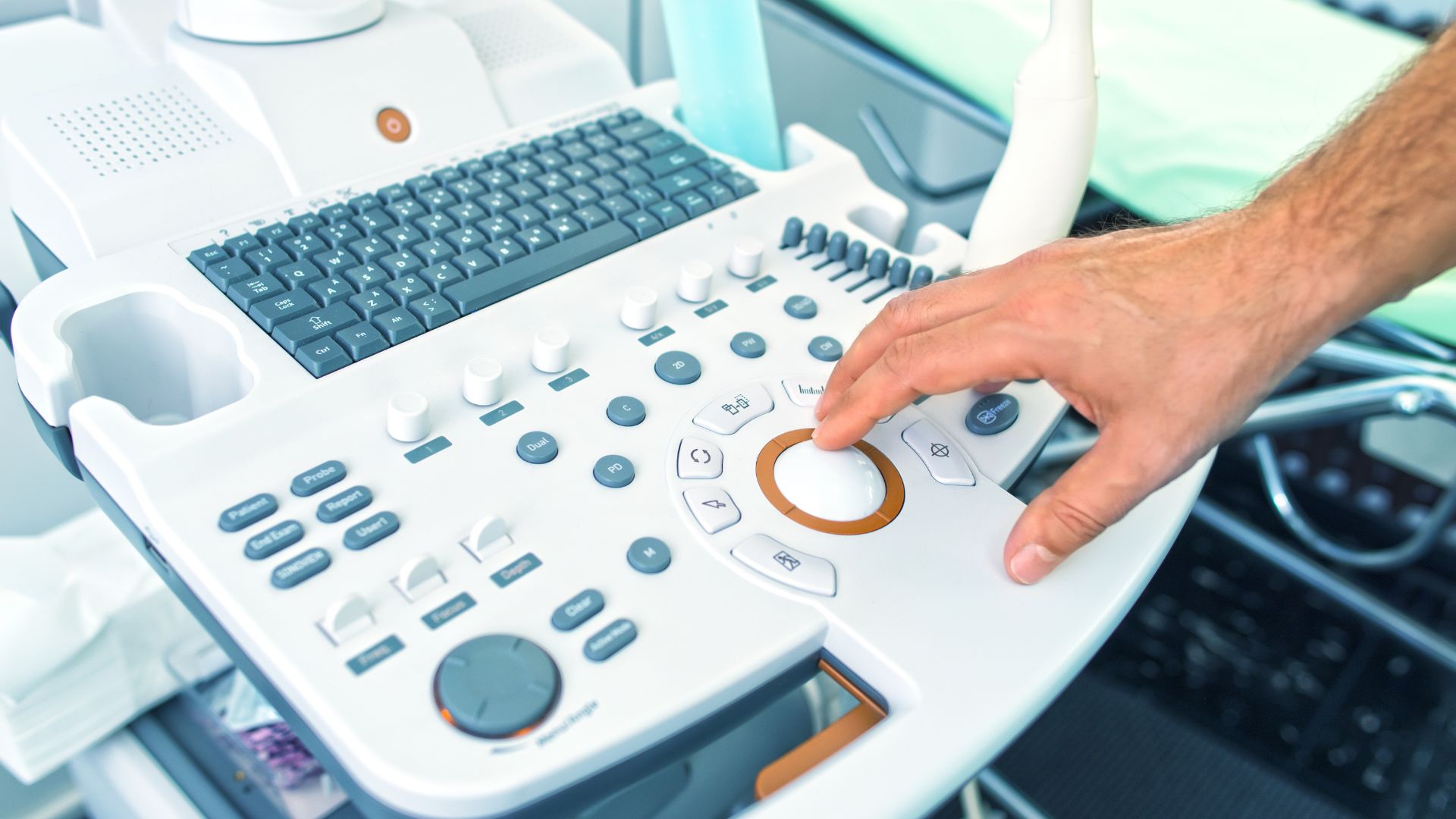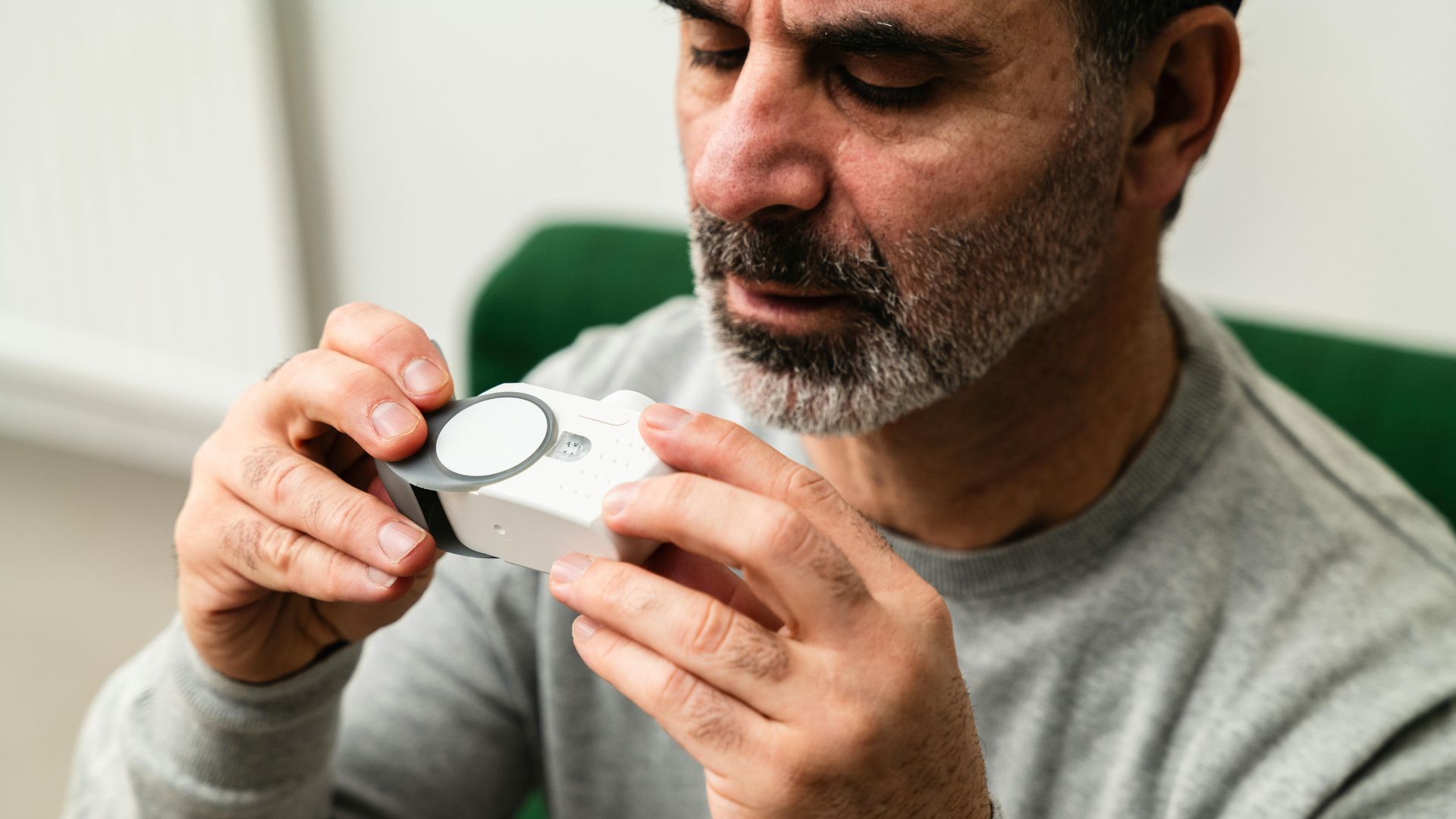Orthokeratology (Ortho-K) lenses are specialty contact lenses designed to temporarily reshape the cornea to reduce myopia (nearsightedness), particularly in children & young adults. Due to their overnight wear & direct impact on corneal structure, these lenses are classified as medical devices by the FDA & require strict compliance with safety, labeling & clinical testing regulations.
Manufacturers & distributors must ensure that Ortho-K lenses comply with FDA regulations, including 510(k) clearance, sterility testing & UDI compliance, to legally sell them in the US market. Failure to meet regulatory requirements can lead to Import Alerts, detentions, regulatory fines & enforcement actions.
How the FDA Classifies Orthokeratology Lenses
- Class II (Moderate Risk, Requires 510(k) Clearance): Most Ortho-K lenses fall under Class II medical devices, requiring 510(k) clearance to demonstrate substantial equivalence to a legally marketed FDA-approved predicate device.
- Class III (High Risk, Requires PMA): Ortho-K lenses that incorporate drug delivery systems, antimicrobial coatings or advanced corneal reshaping technology may be classified as Class III devices, requiring Premarket Approval (PMA) & extensive clinical trials.
All Ortho-K lenses must be prescribed by an eye care professional, as the FDA prohibits over-the-counter (OTC) sales.
Key FDA Compliance Requirements for Ortho-K Lens Manufacturers
To legally market Ortho-K lenses in the US, manufacturers must comply with the following:
- Establishment Registration: All manufacturers & importers must register annually with the FDA.
- Medical Device Listing: Each Ortho-K lens model must be listed in the FDA’s medical device database.
- 510(k) Clearance or PMA Submission: Standard lenses require 510(k) clearance. Advanced lenses may require PMA.
- UDI Compliance: All Ortho-K lenses must have UDI labeling for tracking & recall readiness.
- Sterility & Biocompatibility Testing: Lenses must meet ISO 10993 standards for cytotoxicity, irritation & microbial safety.
- Labeling & Advertising Compliance: Marketing materials must be FDA-compliant, free from misleading claims & clear on intended use.
- Import Alert Prevention: Foreign manufacturers must ensure full compliance prior to importation.
Common Compliance Challenges & Solutions
Case Study: 510(k) Clearance Rejected Due to Incomplete Clinical Data
A manufacturer submitted a 510(k) application for an Ortho-K lens but lacked long-term reshaping data. The FDA required:
- Additional clinical trials on long-term corneal health.
- A revised 510(k) with updated safety & performance data.
- A launch delay of over nine months due to compliance oversights.
Solution: Manufacturers should conduct thorough clinical testing & submit complete data before applying for clearance.
Case Study: Import Detention Due to Missing UDI Compliance
A foreign manufacturer shipped Ortho-K lenses without UDI labeling, leading to detention. To resolve the issue, the company:
- Redesigned packaging to include UDI labels.
- Updated device listings.
- Worked with regulatory specialists to clear shipments & prevent repeat detentions.
Solution: UDI compliance is mandatory & must be confirmed before importation.
Regulatory Considerations for Ortho-K Lens Manufacturers
- FDA User Fees: Required annually; Small Business Fee Assistance may apply.
- Import Alerts & Detentions: Non-compliant lenses may be blocked from entry.
- Certificate to Foreign Government (CFG): May be needed for exporting FDA-cleared products.
- Health Canada Licensing: An MDEL may be required for Canadian distribution.
How to Avoid FDA Compliance Pitfalls
- Secure Proper FDA Classification & Clearance – Obtain 510(k) or PMA approval before market entry.
- Enforce Prescription Requirements – Sell only with valid prescriptions.
- Verify UDI Compliance – Packaging must include Unique Device Identifiers.
- Ensure Accurate Labeling – Avoid misleading claims & follow FDA guidance.
- Work with Regulatory Experts – Partnering with experts prevents costly mistakes & delays.
Bringing Vision to Market Through FDA Compliance
Orthokeratology lenses offer a non-surgical solution for myopia control, but only with full FDA compliance. From classification & clinical trials to UDI labeling & prescription enforcement, every step matters.
Registrar Corp helps Ortho-K lens manufacturers navigate FDA regulations, meet compliance goals & bring their lenses to the US market with confidence.








